 13.0%OFF
13.0%OFF

Download App
| >> | LShop | >> | Book | >> | Computing & Informat... | >> | Computer Science | >> | Opengl 4.0 Shading L... |
 13.0%OFF
13.0%OFF
ISBN
:
9789350235447
Publisher
:
Shroff/Packt
Subject
:
Computer Science
Binding
:
Paperback
Pages
:
352
Year
:
2011
₹
999.0
 13.0% OFF
13.0% OFF
₹
869.0
Buy Now
Shipping charges are applicable for books below Rs. 101.0
View DetailsEstimated Shipping Time : 5-7 Business Days
View DetailsDescription
The OpenGL Shading Language (GLSL) is a programming language used for customizing parts of the OpenGL graphics pipeline that were formerly fixed-function, and are executed directly on the GPU. It provides programmers with unprecedented flexibility for implementing effects and optimizations utilizing the power of modern GPUs. With version 4.0, the language has been further refined to provide programmers with greater flexibility, and additional features have been added such as an entirely new stage called the tessellation shader. The OpenGL Shading Language 4.0 Cookbook provides easy-to-follow examples that first walk you through the theory and background behind each technique then go on to provide and explain the GLSL and OpenGL code needed to implement it. Beginning level through to advanced techniques are presented including topics such as texturing, screen-space techniques, lighting, shading, tessellation shaders, geometry shaders, and shadows. The OpenGL Shading Language 4.0 Cookbook is a practical guide that takes you from the basics of programming with GLSL 4.0 and OpenGL 4.0, through basic lighting and shading techniques, to more advanced techniques and effects. It presents techniques for producing basic lighting and shading effects; examples that demonstrate how to make use of textures for a wide variety of effects and as part of other techniques; examples of screen-space techniques, shadowing, tessellation and geometry shaders, noise, and animation. The OpenGL Shading Language 4.0 Cookbook provides examples of modern shading techniques that can be used as a starting point for programmers to expand upon to produce modern, interactive, 3D computer graphics applications. What you will learn from this book : Compile, install, and communicate with shader programs Use new features of GLSL 4.0 such as subroutines and uniform blocks Implement basic lighting and shading techniques such as diffuse and specular shading, per-fragment shading, and spotlights Apply single or multiple textures Use textures as environment maps for simulating reflection or refraction Implement screen-space techniques such as gamma correction, blur filters, and deferred shading Implement geometry and tessellation shaders Learn shadowing techniques including shadow mapping and screen space ambient occlusion Use noise in shaders Use shaders for animation Approach This hands-on guide cuts short the preamble and gets straight to the point – actually creating graphics, instead of just theoretical learning. Each recipe is specifically tailored to satisfy your appetite for producing real-time 3-D graphics using GLSL 4.0. Who this book is written for If you are an OpenGL programmer looking to use the modern features of GLSL 4.0 to create real-time, three-dimensional graphics, then this book is for you. Familiarity with OpenGL programming, along with the typical 3D coordinate systems, projections, and transformations is assumed. It can also be useful for experienced GLSL programmers who are looking to implement the techniques that are presented here.
Author Biography
David Wolff is an associate professor in the Computer Science and Computer Engineering Department at Pacific Lutheran University (PLU). He received his PhD in Physics from Oregon State University. He has a passion for computer graphics and the intersection between art and science. He has been teaching computer graphics to undergraduates at PLU for over 10 years, using OpenGL. Table of Contents Preface Chapter 1: Getting Started with GLSL 4.0 Chapter 2: The Basics of GLSL Shaders Chapter 4: Using Textures Chapter 5: Image Processing and Screen Space Techniques Chapter 6: Using Geometry and Tessellation Shaders Chapter 7: Shadows Chapter 8: Using Noise in Shaders Chapter 9: Animation and Particles Index
Related Items
-
of

Interactive Computer Graphics: A Top Down Approach Using OpenGL
Edward Angel





Starts At
 652.0
652.0
750.0
13% OFF
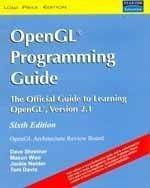
OpenGL® Programming Guide : The Official Guide to Learning OpenGL®, Version 2.1
Dave Shreiner





Starts At
 529.0
529.0
725.0
27% OFF
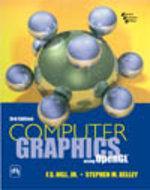
Computer Graphics Using OpenGL, 3rd Ed., Hill, Jr. & Kelley
Kelley Jr





Starts At
 487.0
487.0
650.0
25% OFF
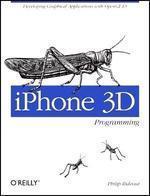
iPhone 3D Programming: Developing Graphical Applications with OpenGL ES
Philip Rideout





Starts At
 616.0
616.0
700.0
12% OFF
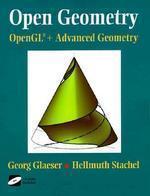
Open Geometry: OpenGL(R) + Advanced Geometry [With *] Pap/Cdr Edition
G. Glaeser





Starts At
 13101.0
13101.0
13647.0
4% OFF
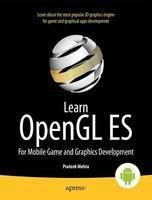
Learn OpenGL Es: For Mobile Game and Graphics Development
Prateek Mehta





Starts At
 3111.0
3111.0
3241.0
4% OFF
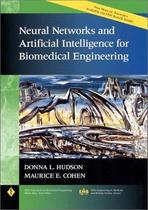
Neural Networks and Artificial Intelligence for Biomedical Engineering
Donna L. Hudson





Starts At
 15918.0
15918.0
18510.0
14% OFF
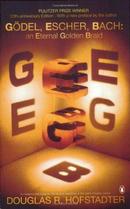
Godel, Escher, Bach: An Eternal Golden Braid, 20th Anniversary Edition
Douglas R. Hofstadter





Starts At
 813.0
813.0
1099.0
26% OFF
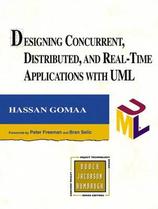
Designing Concurrent, Distributed, and Real-Time Applications with UML
Hassan Gomaa





Starts At
 6079.0
6079.0
7999.0
24% OFF
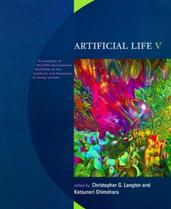
Artificial Life V: Proceedings of the Fifth International Workshop on the Synthesis and Simulation of Living Systems (Complex Adaptive Systems)
Christopher G. Langton





Starts At
 6602.0
6602.0
7677.0
14% OFF
Are you sure you want to remove the item from your Bag?
Yes
No
Added to Your Wish List
OK

Your Shopping Bag

- 3 Items
Item
Delivery
Unit Price
Quantity
Sub Total
 0.0
Total Savings :
Grand Total :
0.0
Total Savings :
Grand Total :
Order Summary